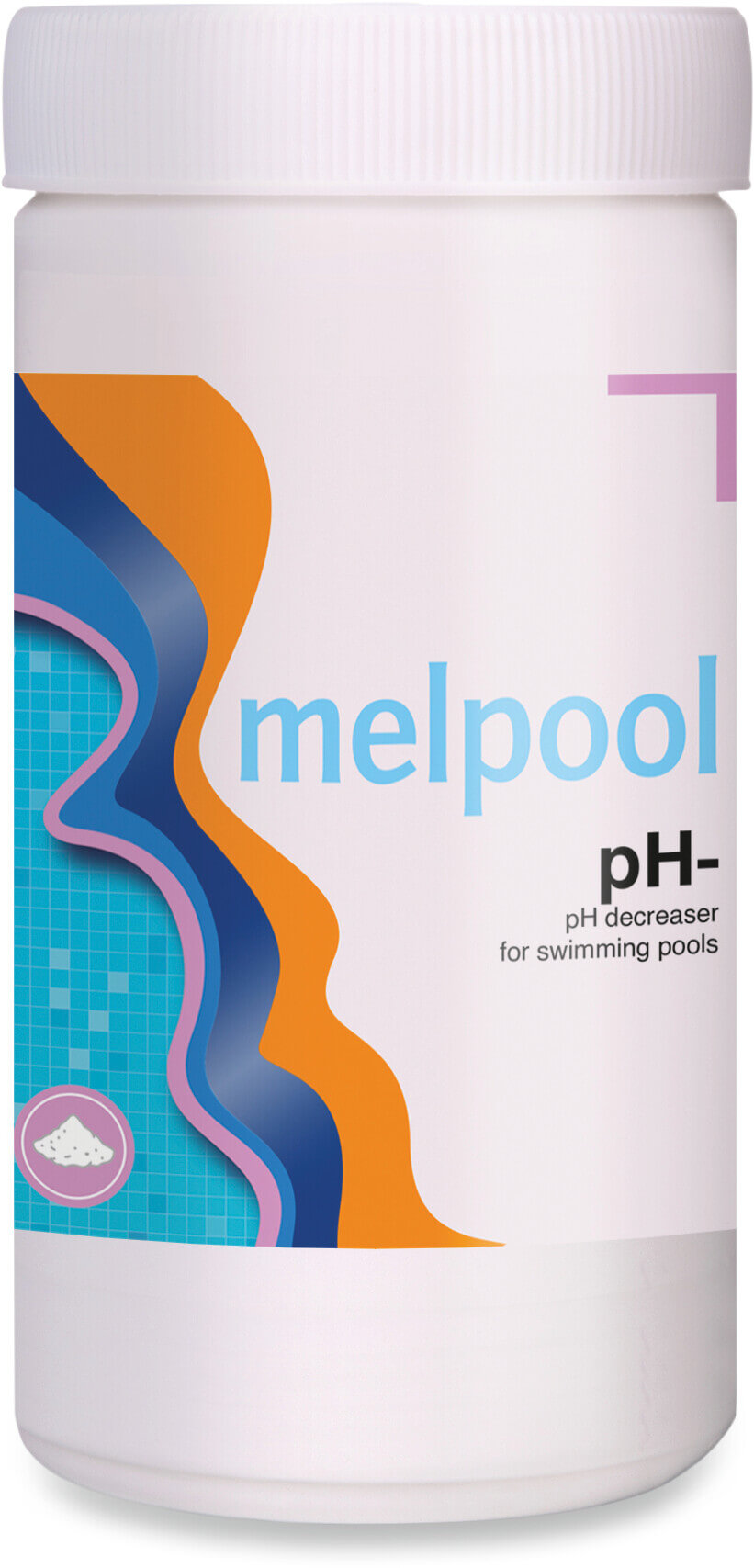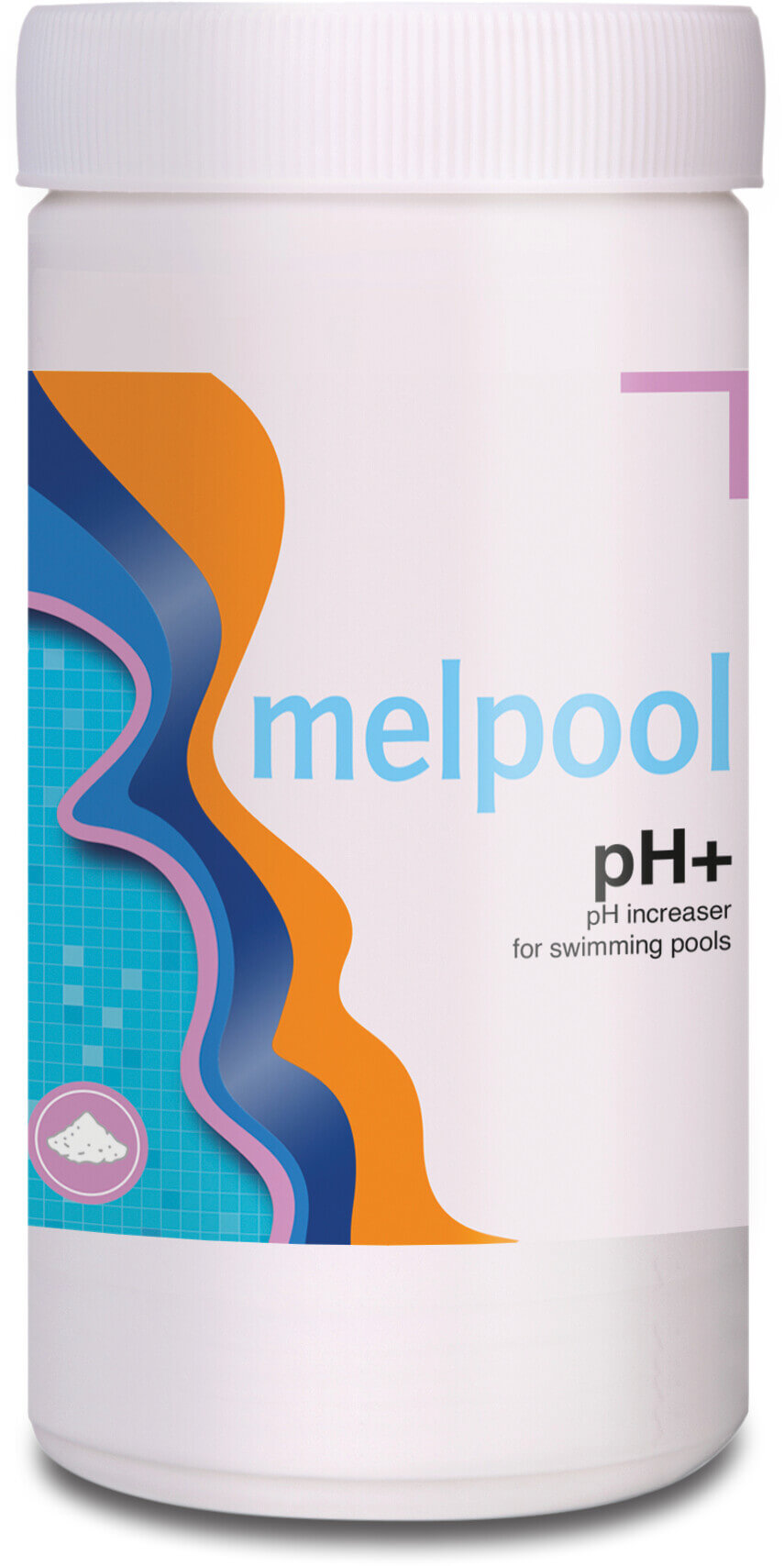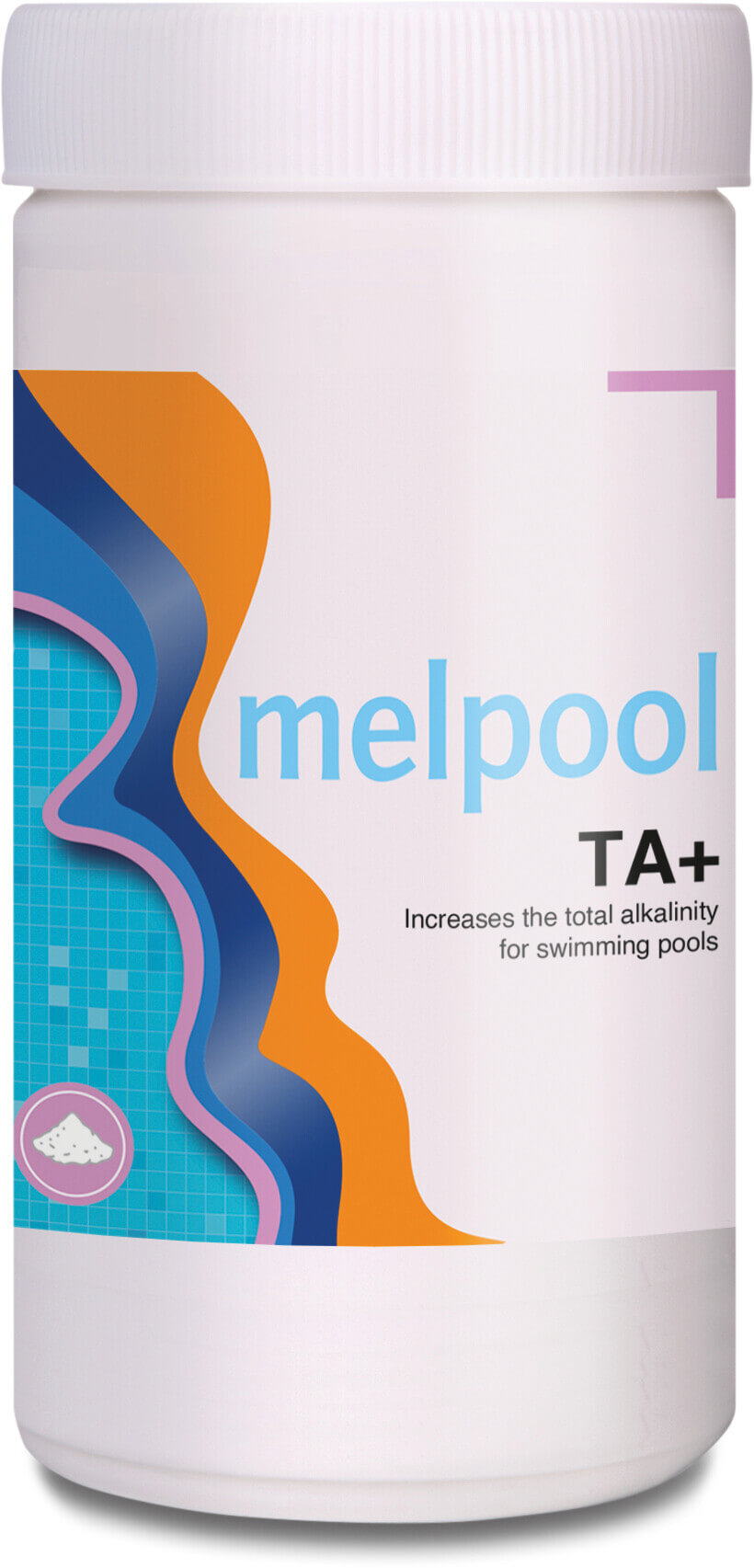Achieve the perfect pH value with Melpool's top-notch chemicals
Our pH balancing products are specially designed to help you effortlessly adjust the pH level of your pool water to the desired range. Trust our products for reliable solutions that ensure your pool water is balanced, safe, and enjoyable for swimming.Popular products
The importance of pH value in pool water
Factors affecting pH value
How to correct pH value
Problems when the pH value is incorrect
Problems with a too low pH value (corrosive water)
- Stains
- Metals dissolve (corrosion)
- Eye- and skin irritation
- Formation of chloramines
- High chlorine use (unnecessary)
Problems with a too high pH-value (alkalinity)
- Blocked filter
- Less water circulation
- Cloudy water
- Problems to maintain water balance
- Eye- and skin irritation
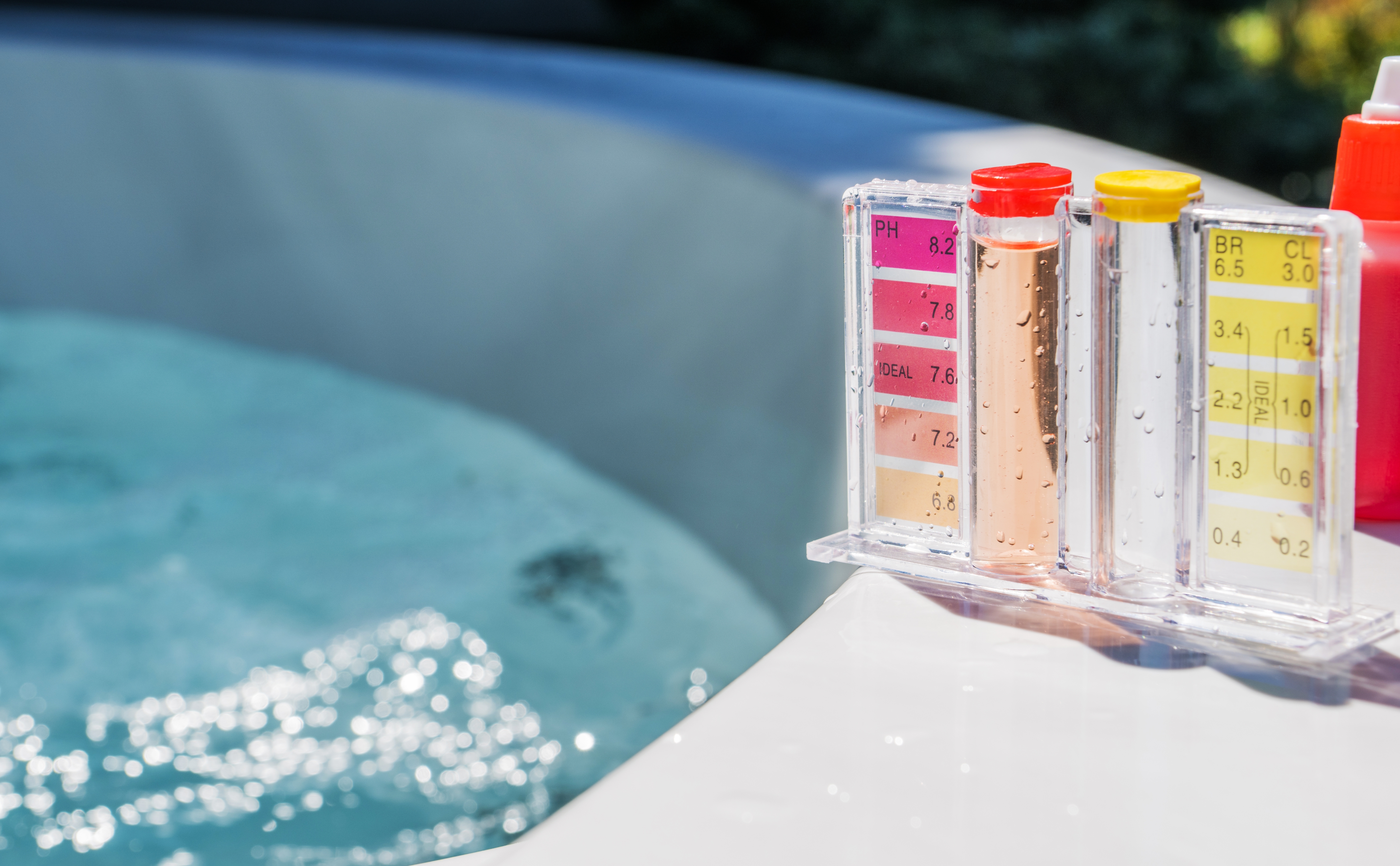
Water analysis
Water analysis is a crucial process that involves the comprehensive examination of water samples to determine their physical, chemical, and biological properties. This essential information plays a vital role in assessing water quality, ensuring its safety for human consumption, and safeguarding environmental health.
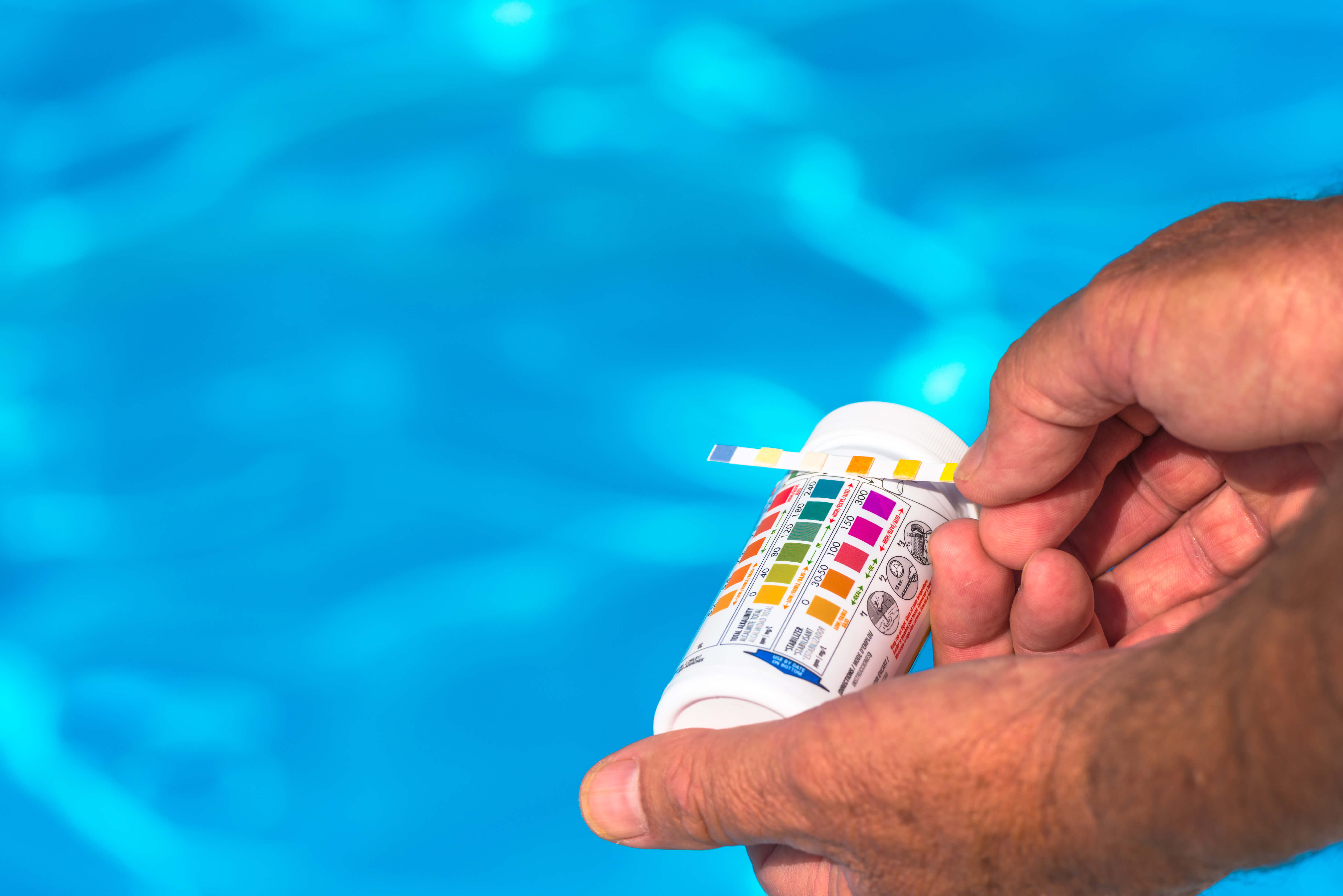
Alkalinity & water balance
Alkalinity is a measure of the water's ability to neutralise acid and maintain a stable pH level, making it a critical component of water balance. Maintaining proper alkalinity levels is crucial for preventing corrosion of pipes and equipment, promoting effective disinfection, and ensuring safe and healthy water for consumption.

Algae removal
Algae can be a significant problem in bodies of water, causing a range of issues such as odors, discoloration, and reduced oxygen levels. Algae removal techniques such as chemical treatments, filtration systems, and physical removal methods can effectively address and prevent the growth of algae, ensuring clean and safe water for recreational and environmental purposes.

